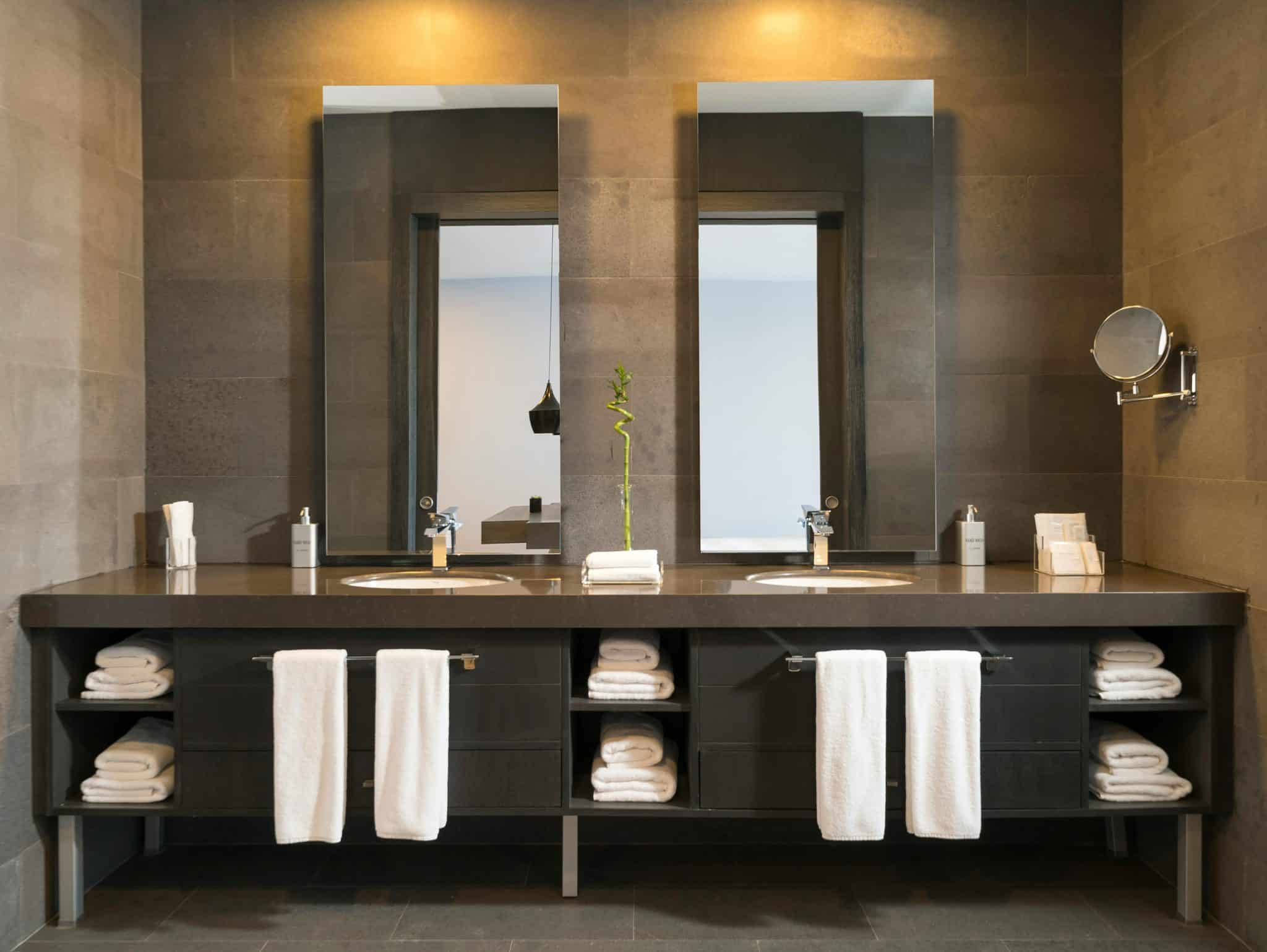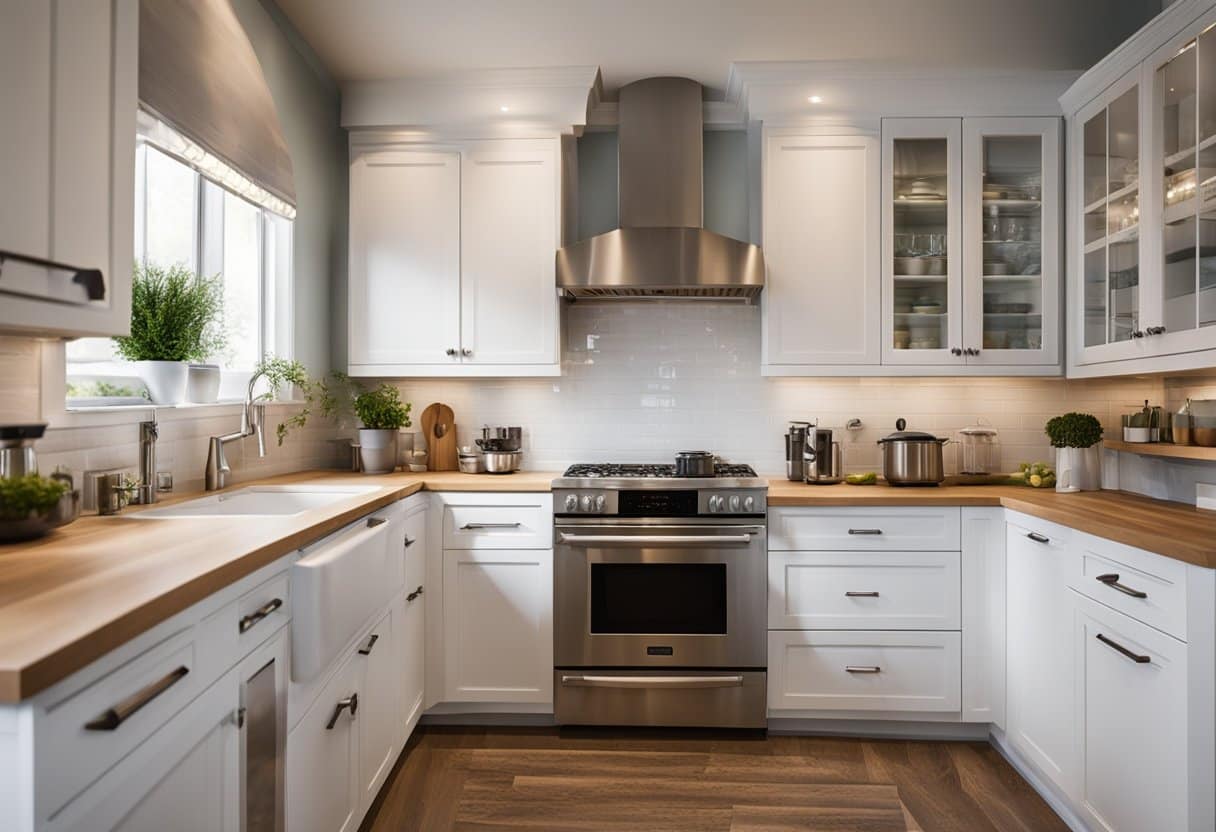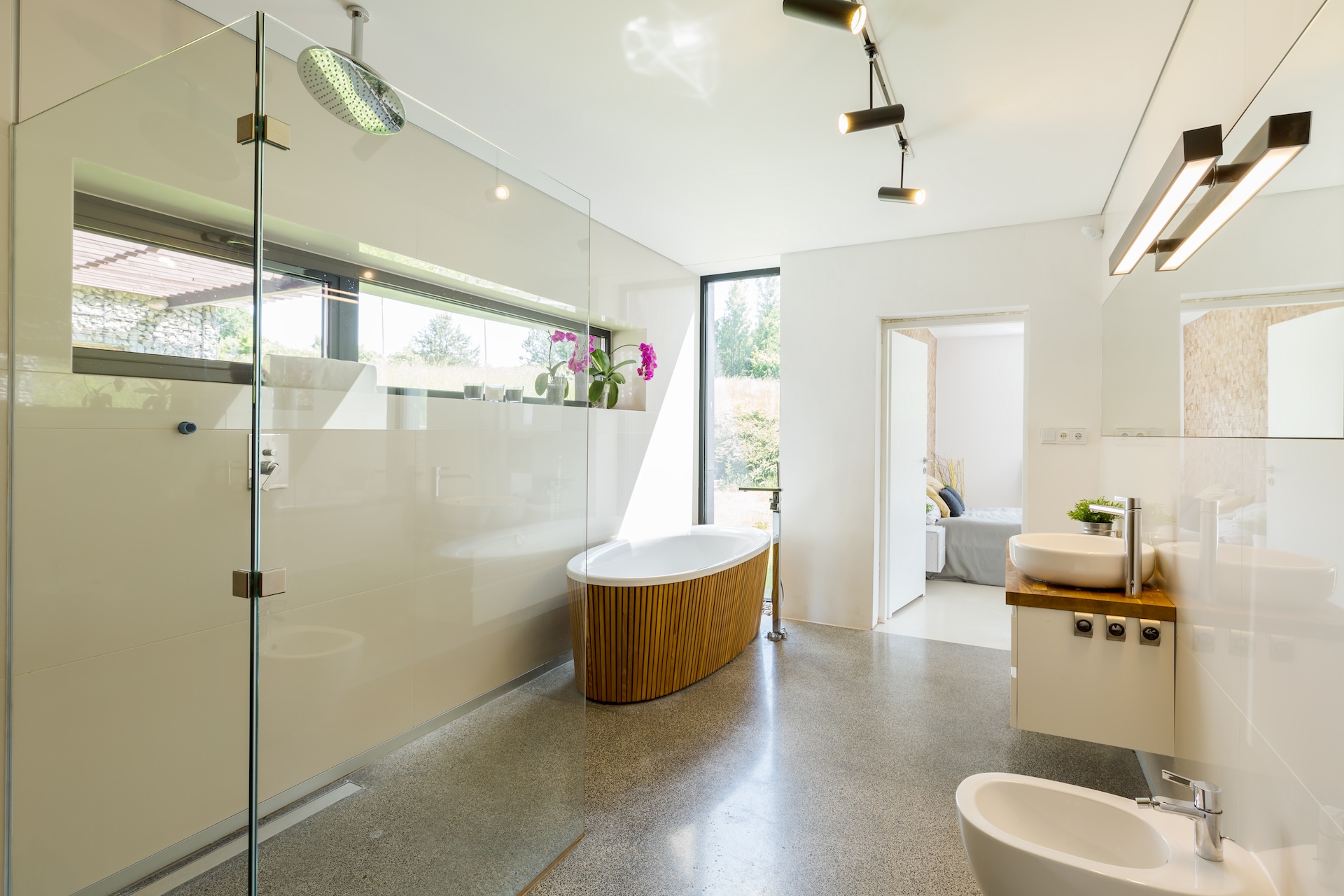Steps to Setting up a Workshop in Your Home
Home workshops have cultivated an enthusiastic following among DIY hobbyists and professionals as more people embrace the flexibility of working and creating from home. These dedicated spaces offer unmatched convenience and allow you to tackle projects whenever inspiration strikes.
They also fuel creativity by providing a personalized environment tailored to your craft or profession. Beyond that, a well-designed workshop enhances your home’s functionality, transforming unused spaces like garages or basements into productive hubs for woodworking, repairs, crafting and artistic projects.
Assess Your Needs and Spaces
Define your workshop’s primary purpose and the projects you want to tackle. Do you plan to dabble in woodworking, crafting, repairs or maybe a mix of all three? This clarity helps you prioritize what tools and layout you’ll need. Next, evaluate the available space in your home. A garage, basement or spare room could work if it’s large enough for your projects and comfortable to move around in.
Ideally, the area will have ample natural light for visibility and precision. Also, consider its proximity to other rooms, especially if noise might be an issue. This thoughtful evaluation ensures your workshop fits seamlessly into your home and perfectly suits your needs.
Create a Budget
Before setting up, determine your budget for equipment and materials. A simple set of quality hand tools — like hammers and wrenches — can cost up to $600, while drills or saws typically range from $100 to $300 each. If that sounds daunting, there are plenty of ways to keep costs in check.
Consider secondhand tools, often just as reliable as new ones but far more affordable. DIY storage solutions — like repurposed shelves or pegboards — can save you money while organizing your workshop. For materials, shop for budget-friendly options at local hardware stores or online marketplaces. Balancing quality with cost-effective choices can create a fully functional space without overspending.
Invest in Essential Equipment
Focus on equipment categories to maximize your workshop. Here are items you can consider.
- Power tools: Depending on your workshop’s purpose, essential tools might include a cordless drill, jigsaw, circular saw or sander. These are versatile for woodworking, home repairs and crafting.
- Hand tools: Your toolkit should have a hammer, screwdrivers, pliers, adjustable wrenches and a set of chisels. For precision work, include a utility knife and a whittling knife for carving.
- Measuring and marking tools: Accuracy is crucial in any project, so keep a tape measure, square, spirit level and marking gauge on hand.
- Safety gear: For projects that generate debris or fumes, prioritize safety with protective gloves, safety goggles, ear protection and a dust mask or respirator.
- Maintenance tools: A knife sharpener or sharpening stone is indispensable for maintaining tools like whittling knives or chisels, ensuring they stay sharp and effective over time.
For woodworking, invest in a sturdy workbench and clamps for stability. For crafting, a glue gun and cutters are helpful. Tailor your tool selection to your needs, and don’t forget to maintain them regularly for longevity and peak performance.
Optimize Lighting
Good lighting is necessary to work safely and accurately on all your projects. Natural light is ideal, so position your workshop near windows or use skylights to optimize daylight. For artificial lighting, combine overhead lighting with task-specific options like LED shop lights, clamp lights or under-cabinet lighting to illuminate your workbench and detailed tasks.
Consider energy storage to keep your workshop functional during power outages. Solar-powered batteries are an efficient choice, but compressed air storage systems can store more energy in less space. These can power your tools and lights when the grid goes down, ensuring uninterrupted productivity.
Address Storage Needs
Organizing your workshop requires choosing the proper storage solutions and maximizing your space. Cabinets are perfect for storing bulky products, while shelves give you easy access to frequently used items. Drawers are a lifesaver for organizing small suppliers like screws, nails and fasteners. Meanwhile, a tool chest can keep your hand and power tools neatly arranged — and portable if it’s on wheels.
Don’t overlook the power of a pegboard. It’s ideal for hanging hammers and wrenches, so everything is visible and within reach. To stay efficient, group your tools and materials by task, use labeled bins or jars for small parts and keep high-use items close to your workbench. Regularly tidy up and return items to their spots — a simple habit that will save you time and frustration in the long run.
Prioritize Safety
Safety should always come first in your workshop to protect yourself and others from potential accidents. Equip yourself with essential gear:
- Safety glasses to shield your eyes from flying debris
- Ear protection to guard against loud tool noise
- Respirators to prevent you from inhaling harmful particles
- Sturdy gloves for handling sharp or heavy materials
Beyond gear, safe tool handling is crucial. Always read the manufacturer’s instructions before using any tool and ensure you use the proper equipment. Store sharp items in toolboxes or on pegboards to prevent accidental cuts and unplug power tools that aren’t in use. Making safety practices a habit creates an environment where you can work confidently and efficiently.
Building Your Workshop Step by Step
Start small by focusing on the essentials — like a sturdy workbench, basic tools and simple storage solutions — to get your workshop up and running. As your skills and interests grow, you can gradually add more equipment and upgrades to create a space that evolves with your projects.







